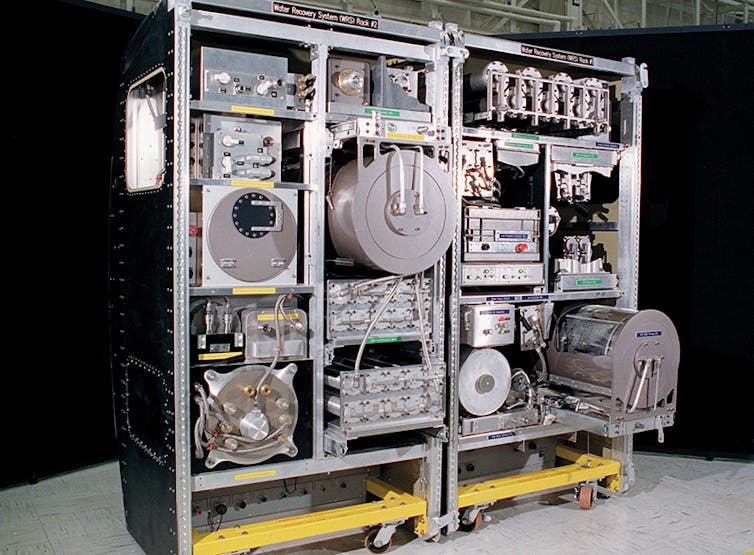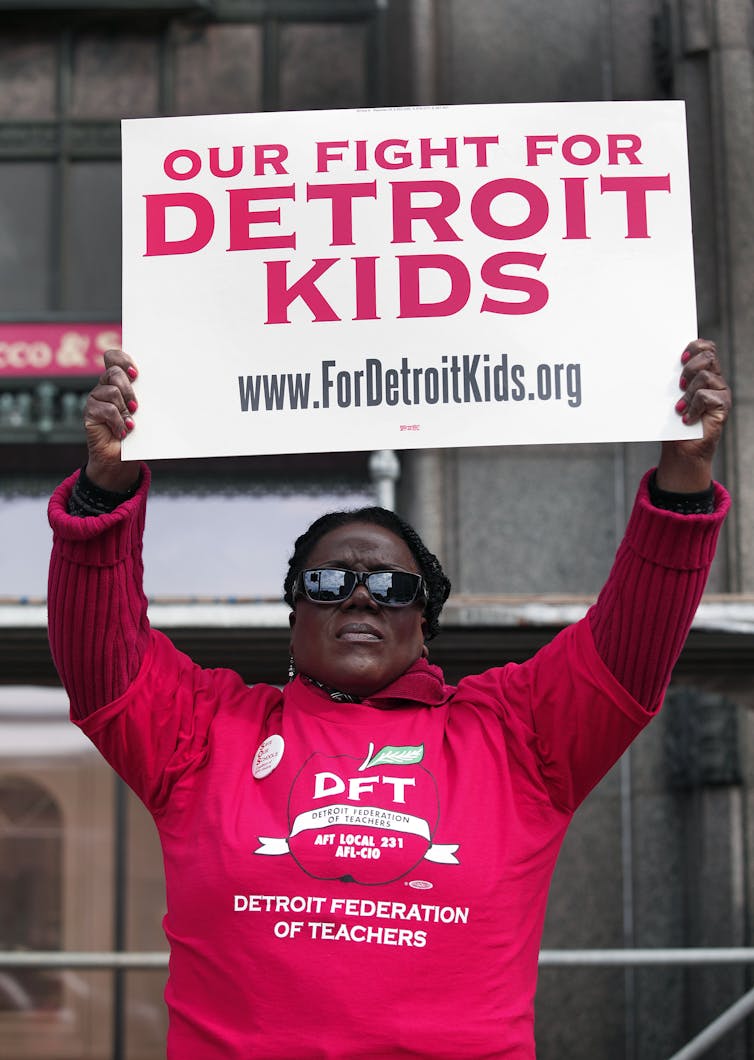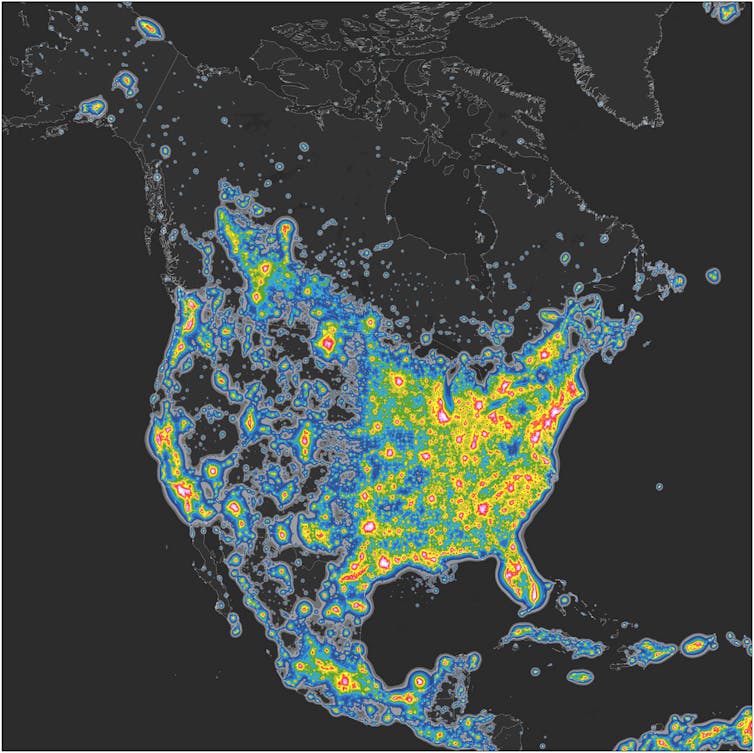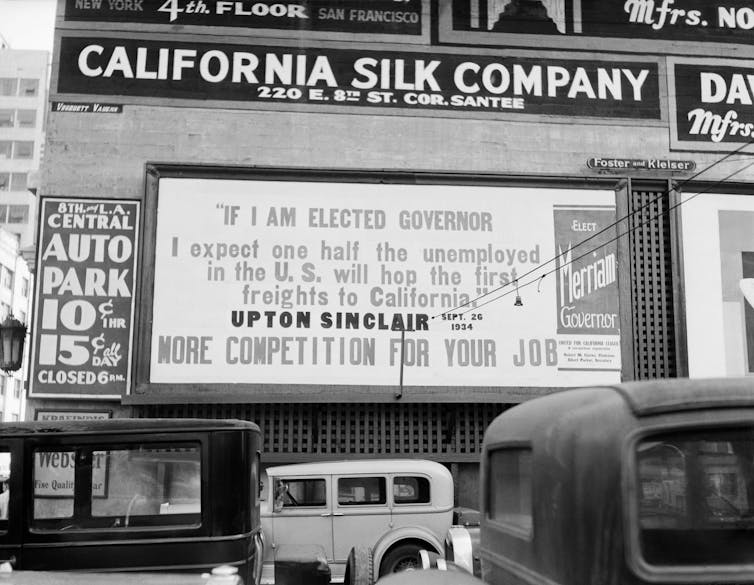Source: The Conversation – USA (2) – By Naomi Cahn, Professor of Law, University of Virginia

Gene Hackman was found dead inside his New Mexico home on Feb. 26, 2025, at the age of 95. The acclaimed actor’s wife, Betsy Arakawa, had also died of a rare virus – a week before his death from natural causes.
Details about the couple’s plans for Hackman’s reportedly US$80 million fortune are only starting to emerge, months after the discovery of their tragic demise. While their wills have not yet been made public, we have seen them through a reputable source.
Both documents are short and sought to give the bulk of their assets to Hackman’s trust – a legal arrangement that allows someone to state their wishes for how their assets should be managed and distributed. Wills and trusts are similar in that both can be used to distribute someone’s property. They differ in that a trust can take effect during someone’s lifetime and continue long after their death. Wills take effect only upon someone’s death, for the purpose of distributing assets that person had owned.
Both trusts and wills can be administered by someone who does not personally benefit from the property.
Hackman, widely revered for his memorable roles in movies such as “The French Connection,” “Bonnie and Clyde” and “The Birdcage,” made it clear in his will that he wanted the trust to manage his assets, and he apparently named Arakawa as a third-party trustee. But that plan was dashed by Arakawa’s sudden death.
The person managing Hackman’s estate asked the court to appoint a new trustee, a request that the court approved, according to public records. But the court order is not public, and the trust itself remains private, so the public doesn’t yet know who will manage his estate or inherit his fortune. U.S. courts vary in how much access they provide to case records.
As law professors who specialize in trusts and estates, we teach courses about the transfer of property during life and at death. We believe that the drama playing out over Hackman’s assets offers valuable lessons for anyone leaving an estate, large or small, for their loved ones to inherit. It also is a cautionary tale for the tens of millions of Americans in stepfamilies.
‘Pour-over’ wills are a popular technique
The couple signed the wills in 2005, more than a decade before Hackman was diagnosed with dementia. There’s no reason to doubt whether Hackman was of sound mind at that time. Although he had retired from acting and led a very private life for a public figure, after the last film he starred in, “Welcome to Mooseport,” was released in 2004, Hackman continued to write books and narrate documentaries for several more years.
Based on the wills that we have been able to review, Hackman and Arakawa used a popular estate planning technique that combined two documents: a lifetime trust and a will.
The first document, sometimes called a “living trust,” usually contains the most important details about who ultimately inherits a person’s property once they die. All other estate planning documents, including wills, all financial and brokerage accounts, and life insurance policies can pour assets into the trust at death by naming the trustee as the death beneficiary.
The trust is the only document that needs to be updated when life circumstances change, such as divorce, the death of a spouse, or the birth of a child. All of the other planning documents can be left alone because they already name the trustee of the trust as the property recipient.
Hackman also signed a second document, known as a “pour-over” will. A pour-over will is a catchall measure to ensure that anything owned at death ends up in the trust if it wasn’t transferred during life. Hackman’s pour-over will gave his estate at death to Arakawa as the designated trustee of the trust he had created.
The combination of a trust coupled with a pour-over will – a technique that Michael Jackson also used – offers many advantages.
One is that, if the trust is created during life, it can be administered privately at death without the cost, publicity and delay of probate – the court-supervised process for estate administration. That is why, while Hackman’s personal representative filed his will in probate court to administer any remaining property owned at death, the trust created during Hackman’s life can manage assets without court supervision.

Inside Creative House/iStock via Getty Images Plus
Who might get what
The trust document has not been made public, but Hackman’s personal representative stated that the trust “contains mainly out-of-state beneficiaries” who will inherit his assets.
Hackman’s beneficiaries are unlikely to be publicly identified because they appear in the trust rather than the pour-over will. His will does not leave anything directly to any relatives. Even Arawaka was not slated to receive anything herself, only as trustee, but the will does mention his children in a paragraph describing his family.
Hackman had three children, all born during his first marriage, to Faye Maltese: Christopher, Elizabeth and Leslie. Hackman had acknowledged that it was hard for them to grow up with an often-absent celebrity father, but his daughters and one granddaughter released a statement after he died about missing their “Dad and Grandpa.” It is possible that Hackman’s children, as well as Arakawa, are named as beneficiaries of the trust.
Arakawa had no children of her own. Little is known about her family, except that her mother, now 91, is still alive. Arakawa’s will gave the bulk of her estate to Hackman as trustee of his trust, but only if he survived her by 90 days. If he failed to survive by 90 days, then she instructed her personal representative to establish a charitable trust “to achieve purposes beneficial to the community” consistent with the couple’s charitable preferences.
Her will refers to charitable “interests expressed … by my spouse and me during our lifetimes.” But it offers no specific guidance on which charities should benefit. Because Hackman did not survive Arakawa by 90 days, no part of her estate will pass to Hackman’s trust or his children.
Christopher Hackman has reportedly hired a lawyer, leading to speculation that he might contest some aspect of his father’s or stepmother’s estates.
Research shows that the average case length of a probate estate is 532 days, but individual cases can vary greatly in length and complexity. It is possible that the public may never learn what happens to the trust if the parties reach a settlement without litigation in court.

Ron Galella Collection via Getty Images
Takeaways for the rest of us
We believe that anyone thinking about who will inherit their property after they die can learn three important lessons from the fate of Hackman’s estate.
First, a living trust can provide more privacy than a will by avoiding the publicity of a court-supervised probate administration. It can also simplify the process for updating the estate plan by avoiding the need to amend multiple documents every time life circumstances change, such as the birth of a child or end of a marriage. Because all estate planning documents pour into the trust, the trust is the only document that requires any updating.
You don’t need a multimillion-dollar estate to justify the cost of creating a living trust. Some online platforms charge less than $400 for help creating one.
Second, remember that even when your closest loved ones are much younger than you are, it’s impossible to predict who will die first. If you do create a living trust, it should include a backup plan in case someone named in it dies before you. You can choose a “contingent beneficiary” – someone who will take the property if the primary beneficiary dies first. You can also choose a successor trustee who will manage the trust if the primary trustee dies first or declines to serve.
Finally, it’s important to carefully consider how best to divide the estate.
Hackman’s children and some of his other relatives may ultimately receive millions through his trust. But parents in stepfamilies must often make difficult decisions about how to divide their estate between a surviving spouse and any children they had with other partners.
![]()
The authors do not work for, consult, own shares in or receive funding from any company or organization that would benefit from this article, and have disclosed no relevant affiliations beyond their academic appointment.
– ref. Gene Hackman had a will, but the public may never find out who inherits his $80M fortune – https://theconversation.com/gene-hackman-had-a-will-but-the-public-may-never-find-out-who-inherits-his-80m-fortune-259650



























